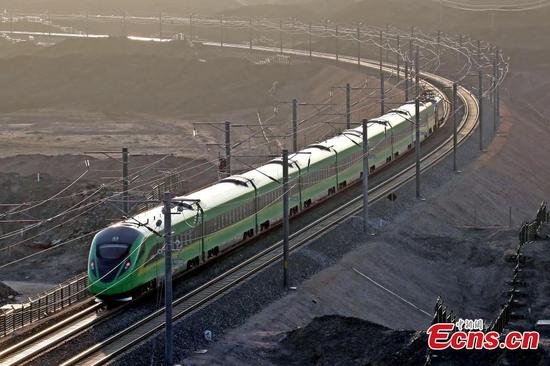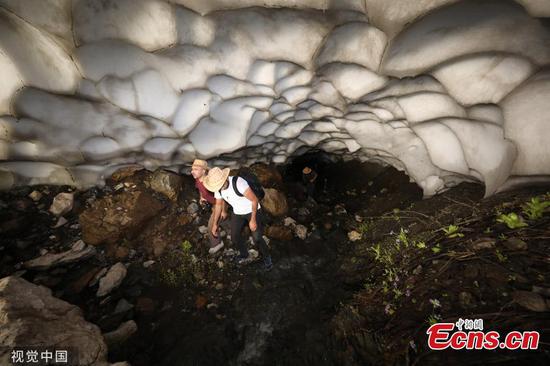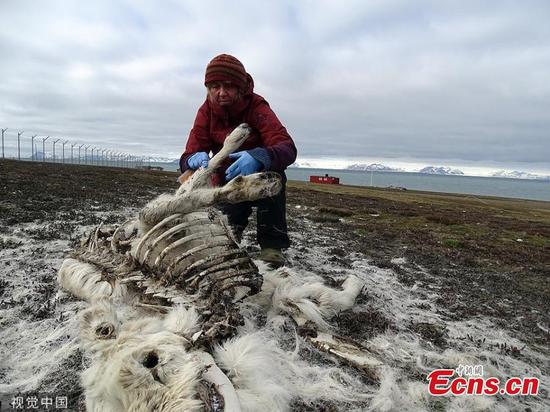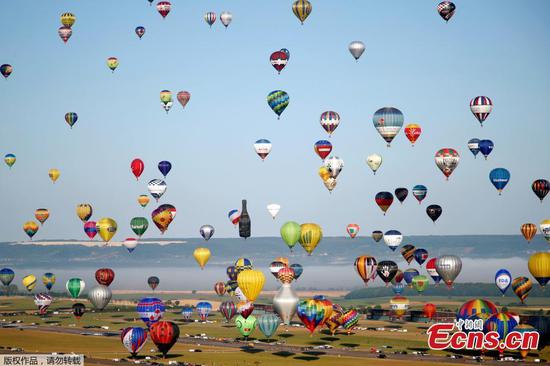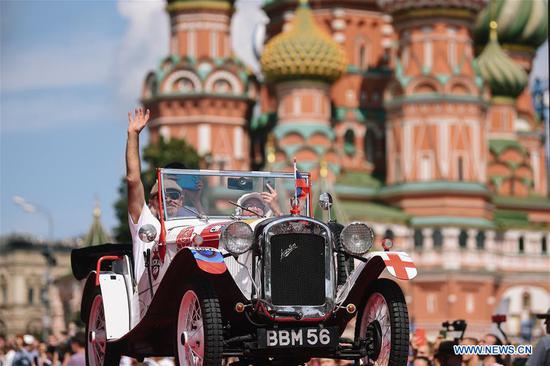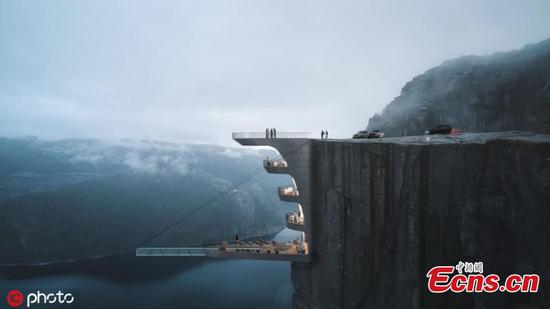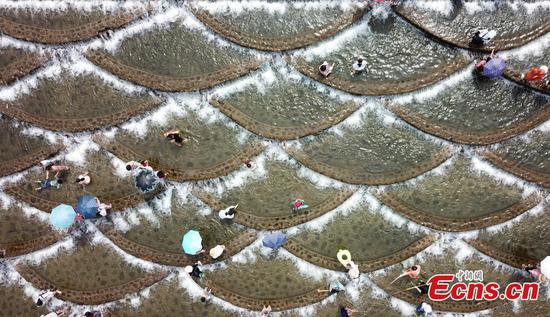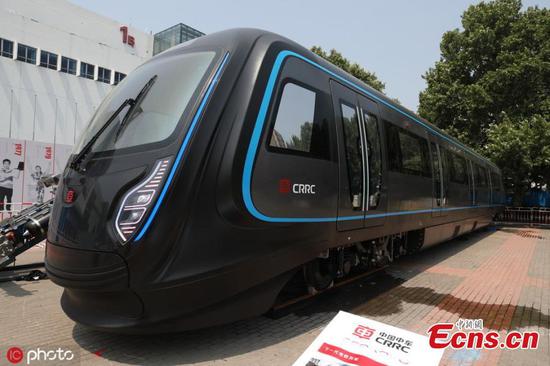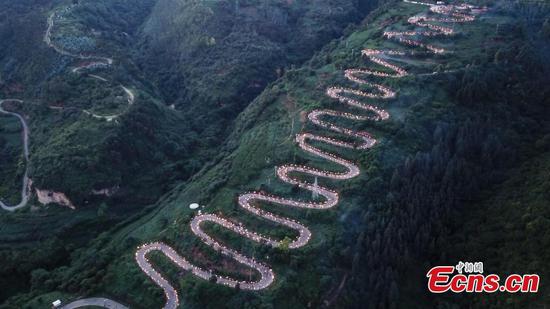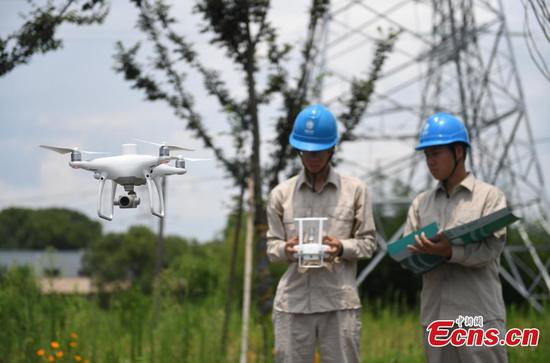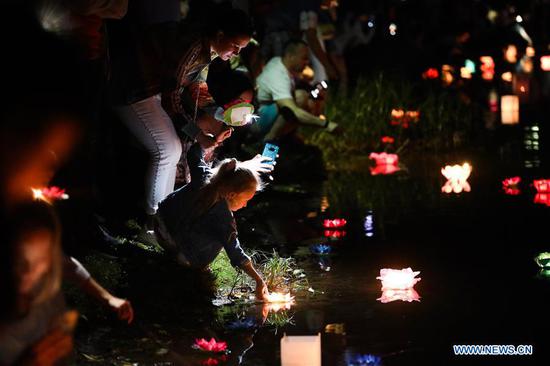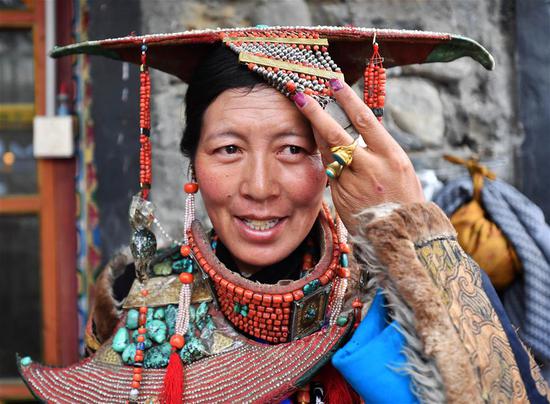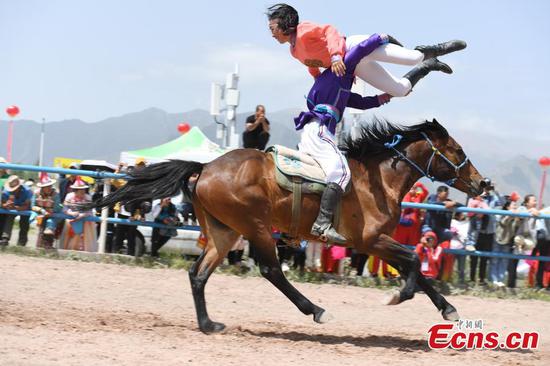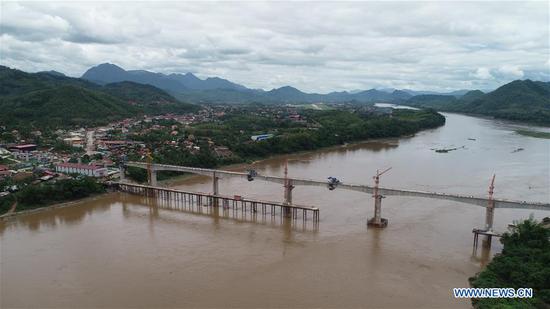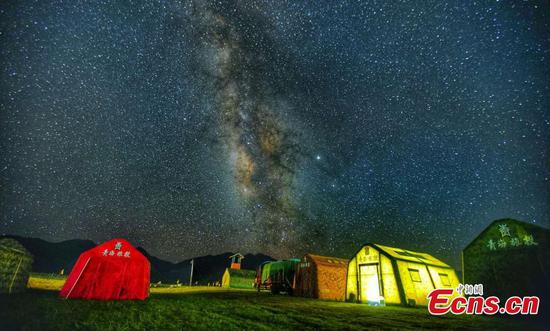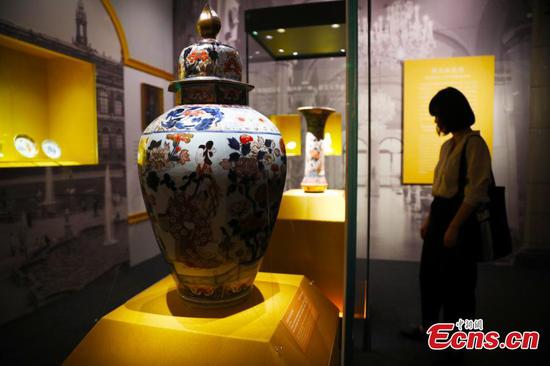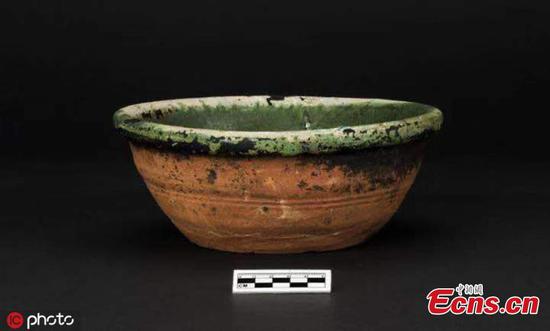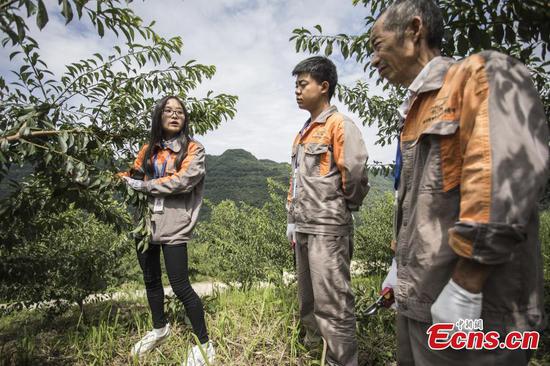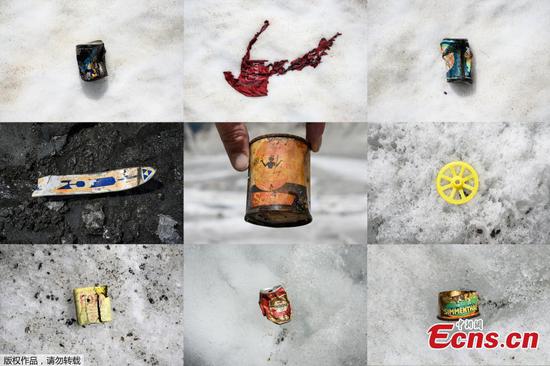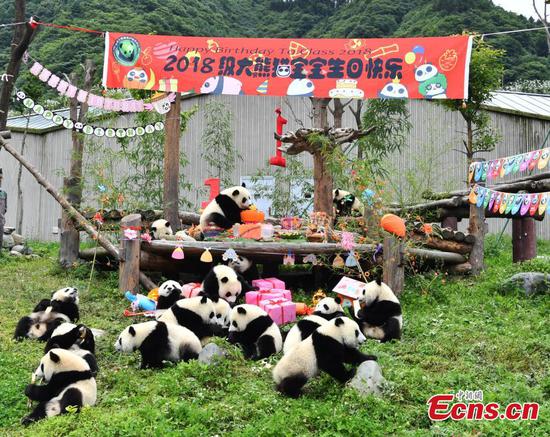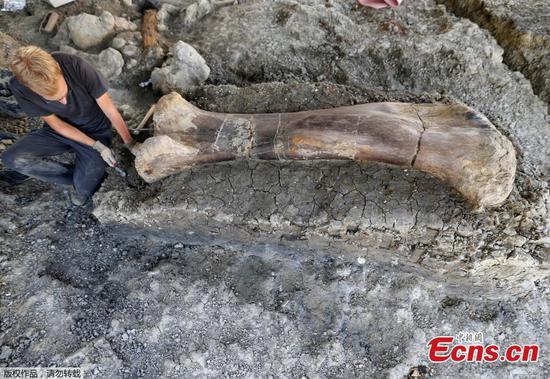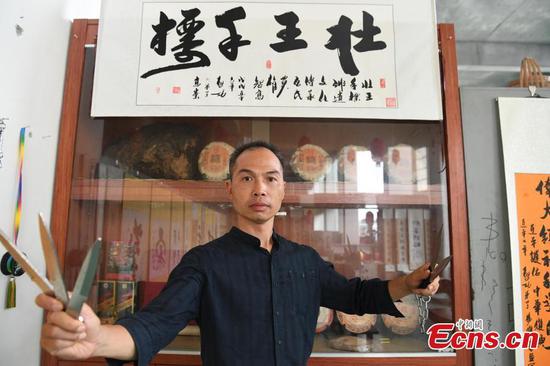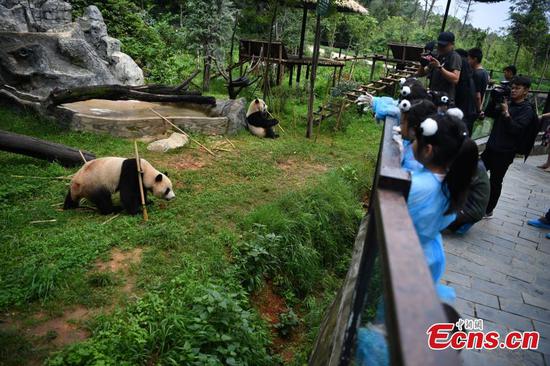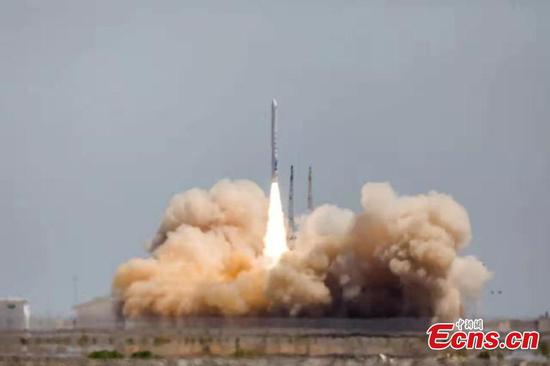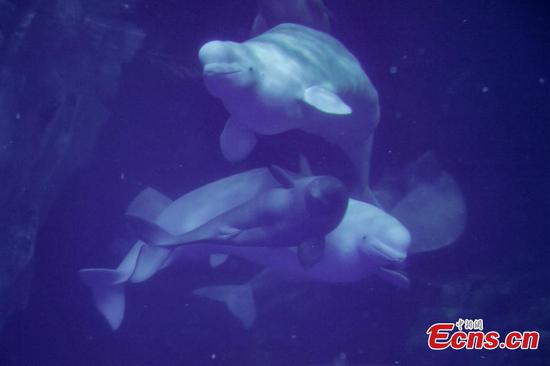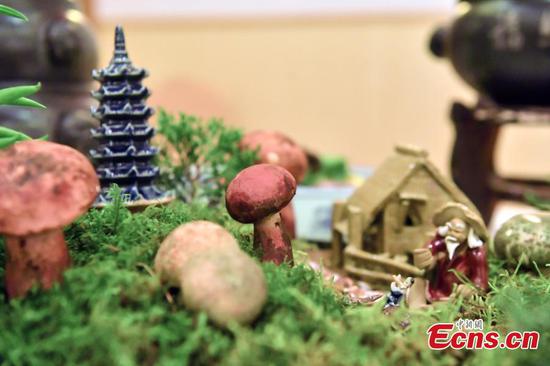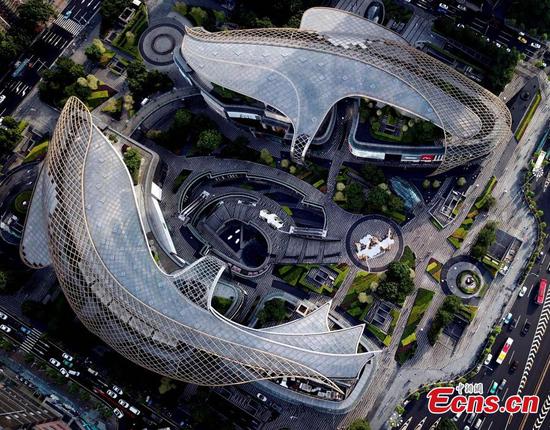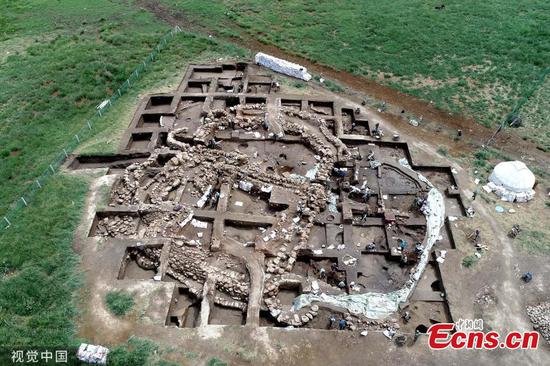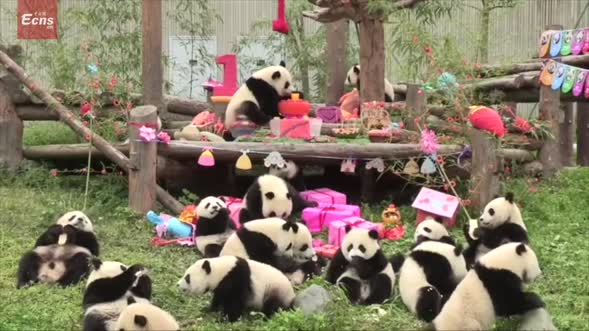
Consumers check out Lego products at the company's first store in Xi'an, capital of Shaanxi Province, on Sunday. (Photo by Lei Jia/For China Daily)
The Lego Group, one of the world's leading manufacturers of toys and play materials, opened its first certified store in Northwest China on Sunday and announced expansion plans in the country's second-and third-tier markets to open another 40 new stores in the country by the end of this year.
The 260-square-meter store, located in Xi'an, capital of Shaanxi province, unveiled its mosaic mural theme of the Tang Dynasty (618-907) with 470,000 Lego bricks and two 3D models of Terracotta Warriors also made of Lego bricks. The display featuring unique elements of local culture and traditions is part of Lego's efforts to bond with local consumers.
Paul Huang, senior vice-president of the Lego Group and general manager of Lego China, said the rising opportunities in new first-tier cities such as Xi'an and in second-and third-tier cities in China have given them great confidence in Lego's development in the country, boosted by the stronger pursuit of quality of life and faith in learning through play.
The company said it plans to bring the total number of certified stores to 140 in China by the end of 2019 covering more than 35 cities in the country.
The privately-held, family-owned company has posted double-digit revenue growth for several years in China.
"The number of children in China is vast," said Huang. "The Lego store in Xi'an is not only an offline retail platform, but is also for nurturing Lego brand awareness and to bond with local consumers and children."
Since the launch of its first Lego flagship store in Shanghai, the group has three flagship stores and 97 certified stores in more than 20 cities on the Chinese mainland.
About 42 percent of its certified stores are located in emerging first-tier cities such as Chengdu of Sichuan province, Xi'an and Wuhan of Hubei province. About 12 percent are in second-and third-tier cites including Hefei, Changchun and Wuxi, and the ratio is expected to be on the rise, Lego said.
Localization in terms of innovations in its products is what brings customers closer to the Danish company. For example, the firm added a panda image to one of its themed products called Lego Duplo World Animals, closing the gap with Chinese children, said Huang.
The company has in recent years developed products featuring Chinese cultural elements such as the Spring Festival products. The dragon boat products also allow it to bond with local fans and children.
Huang said locally relevant products are designed by a Denmark-based design team who have flown to China to conduct research and crafted culturally inspired innovations. Lego established its first Chinese factory in Jiaxing, Zhejiang province, in 2015.









